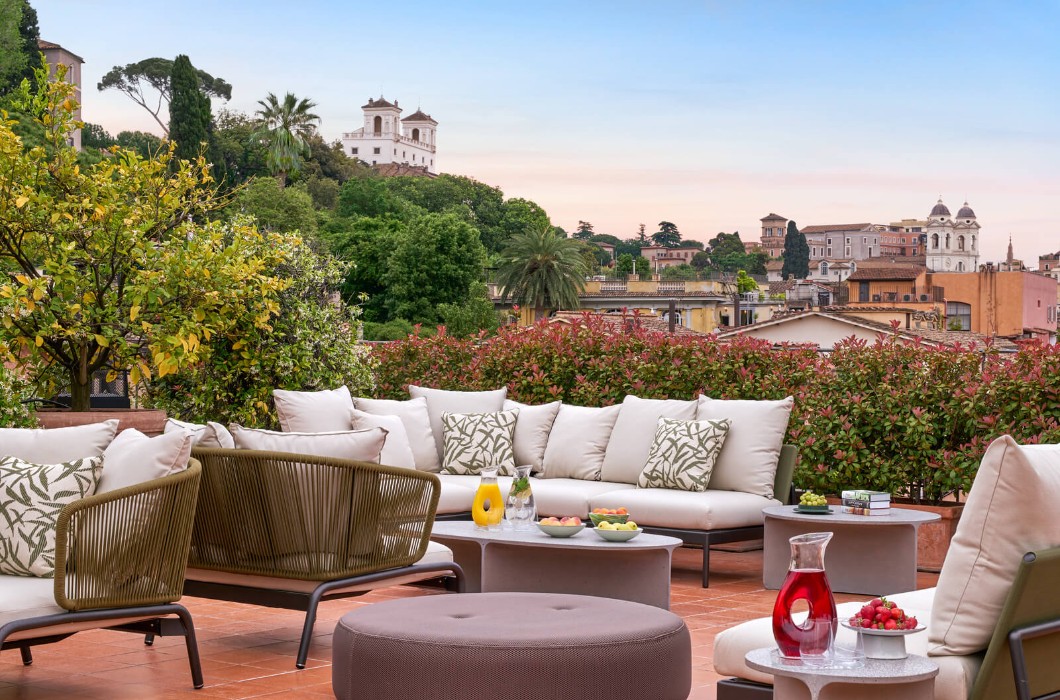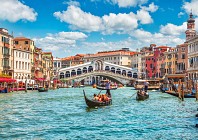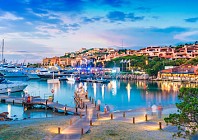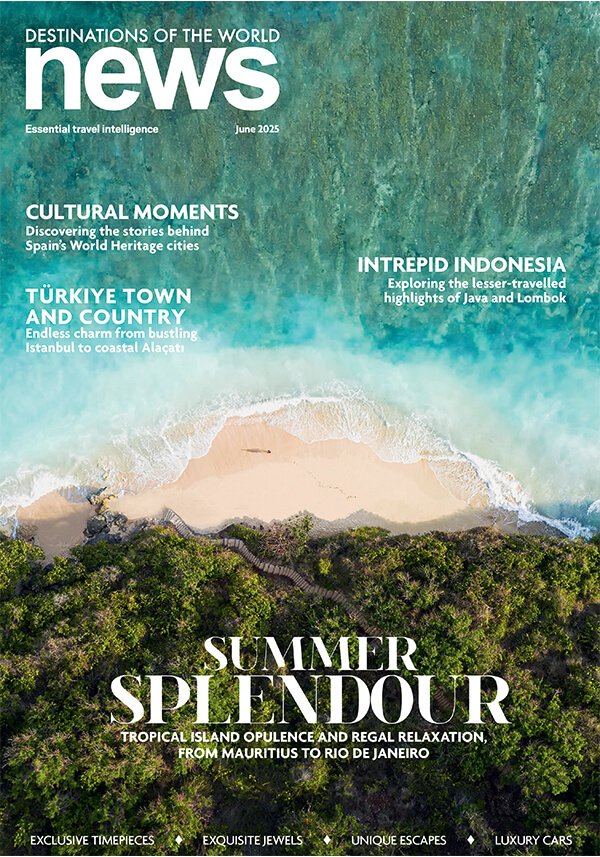This being a quadranscentennial jubilee year for the Catholic Church, headquartered in the Italian capital’s enclave, Vatican City, that big word means Rome will be even more crowded than usual for the rituals that take place only once every 25 years. Not necessarily crowded for everyone, though. Those in the know are aware it is possible to have a fulfilling visit to Rome, going nowhere near the Colosseum or Palatine Hill, absenting themselves from the Pantheon and leaving the hordes to toss coins in the Trevi Fountain now that it has water in it again after its restoration. After all is said and done, Rome is an incredibly alluring city and merits every opportunity to visit; the activities of others need be of little consequence to the sophisticated traveller’s enjoyment of the Eternal City.
-1xbdtb.jpg)
Rome is full of hidden gems that would be stars of an itinerary in most other places but are often overlooked in favour of the more familiar sights here. Villa Farnesina, for example, is a spectacular palazzo on the Trastevere side of Rome. A museum of the High Renaissance, the villa is almost unknown to tourists who skip the so-called minor sights section of their guidebooks. A loss for them, a gain for those who prefer their cultural experiences to be deeper than Instagram. Also on the Trastevere side is the Orto Botanico, a beautiful botanical garden where crowds are nonexistent; the variety of exotic plants and trees creates lush scenery not found elsewhere in the city. Rome’s famed rose-ringed parakeets add even more colour to the garden, which is located in the park of Palazzo Corsini, former residence of Queen Christina of Sweden and managed today by Sapienza University. A small museum gives insight into the creation and development of the garden and its uses today in botanical research.
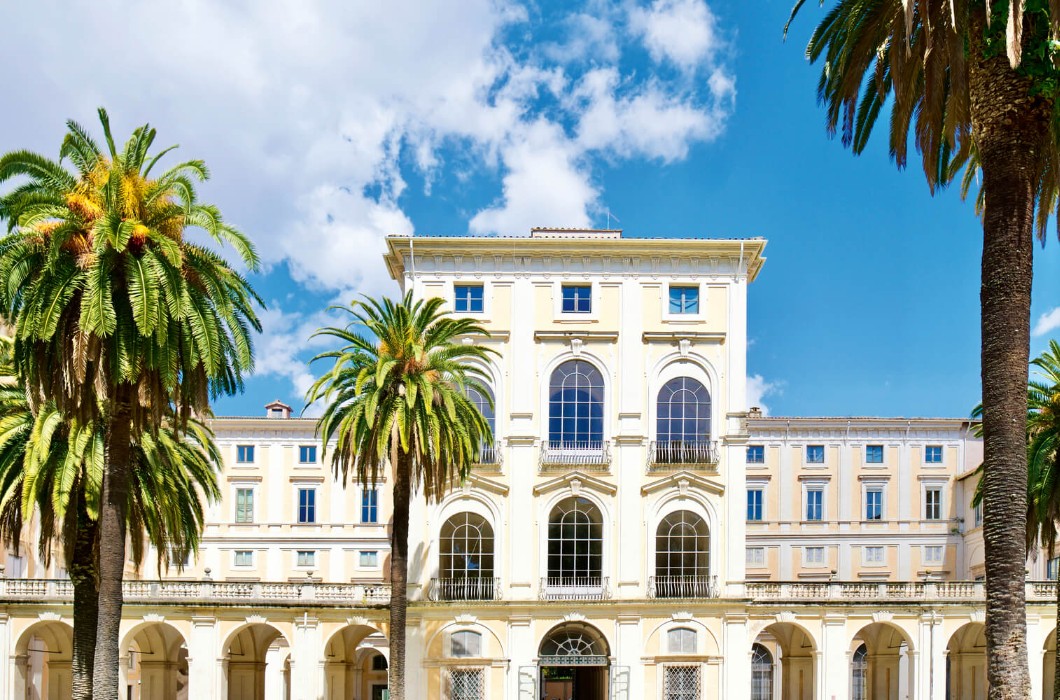
While the majority of tourists head into central Rome to see the admittedly wonderful sights in that part of the city, savvy visitors head further away from the centre towards Galleria Borghese, a stately palace that is now a private art gallery.
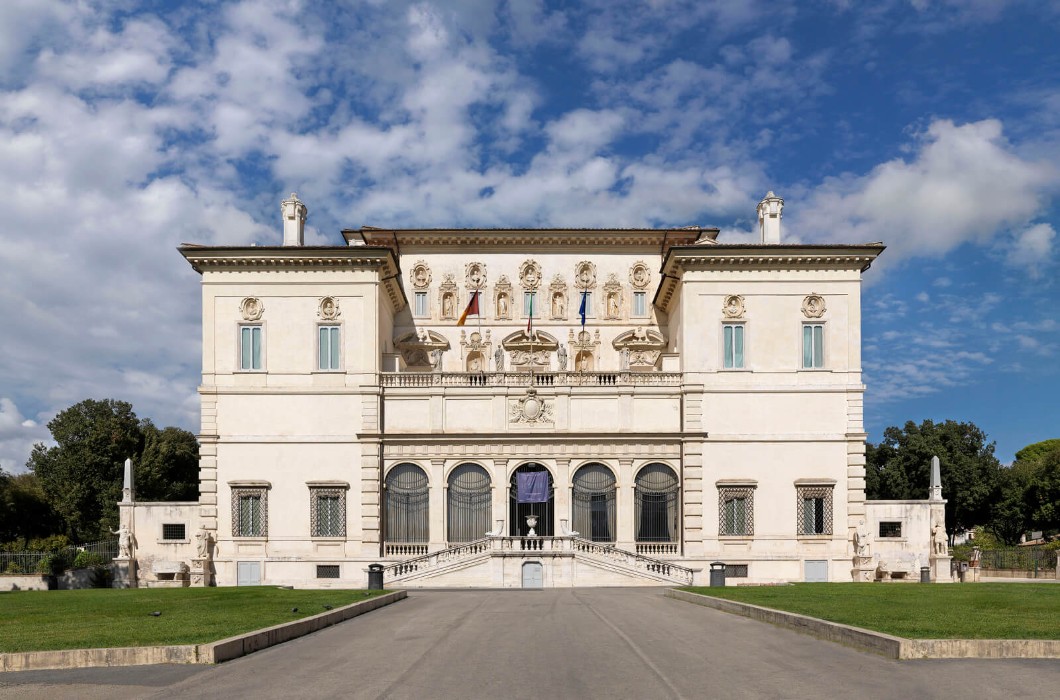
Entrance here is limited to a handful of people at any one time, meaning it is a place where civility reigns to make it one of the most pleasant museum experiences in Rome. Galleria Borghese is set on expansive grounds that were previously the private domain of the villa but now serve as a public park
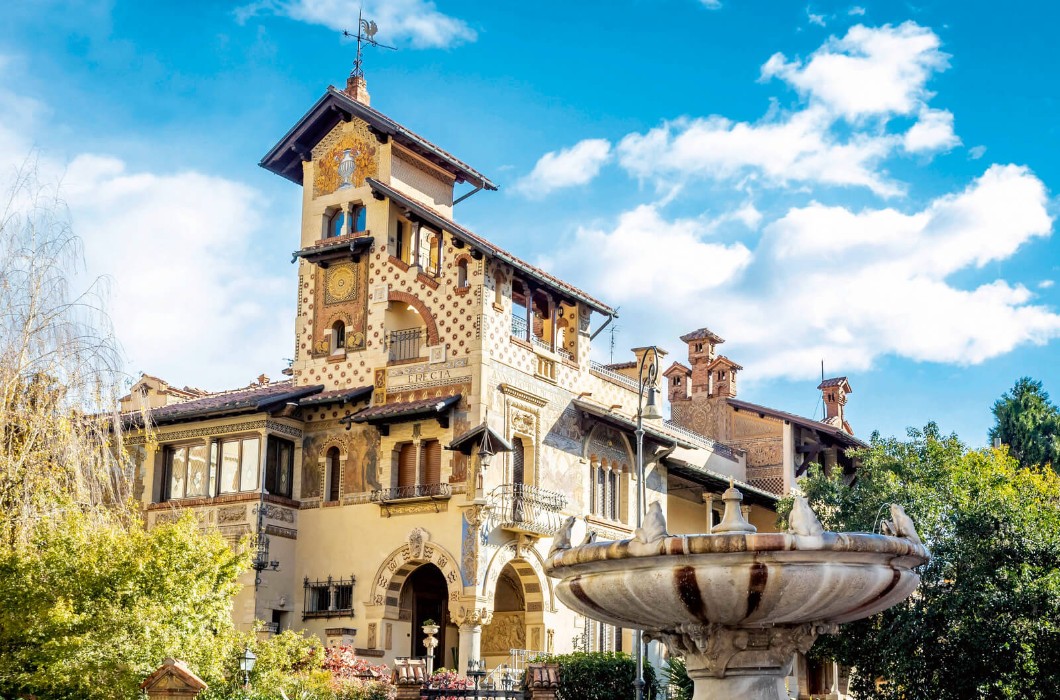
Close to Galleria Borghese is the interesting Quartiere Coppedè. A tranquil neighbourhood devoid of tourists, the Coppedè district is home to a series of eclectic architectural marvels constructed in a variety of styles to create what was at the time (1910s) an avant garde residential area. It remains unique to this day. A pair of palaces joined by a stone bridge announce the start of a district where individual villas of artistic merit are meant to be appreciated by the discerning eye, most notably along Via Tagliamento, Via Brenta and other streets radiating from the elaborate fountain centrepiece of picturesque Piazza Mincio.
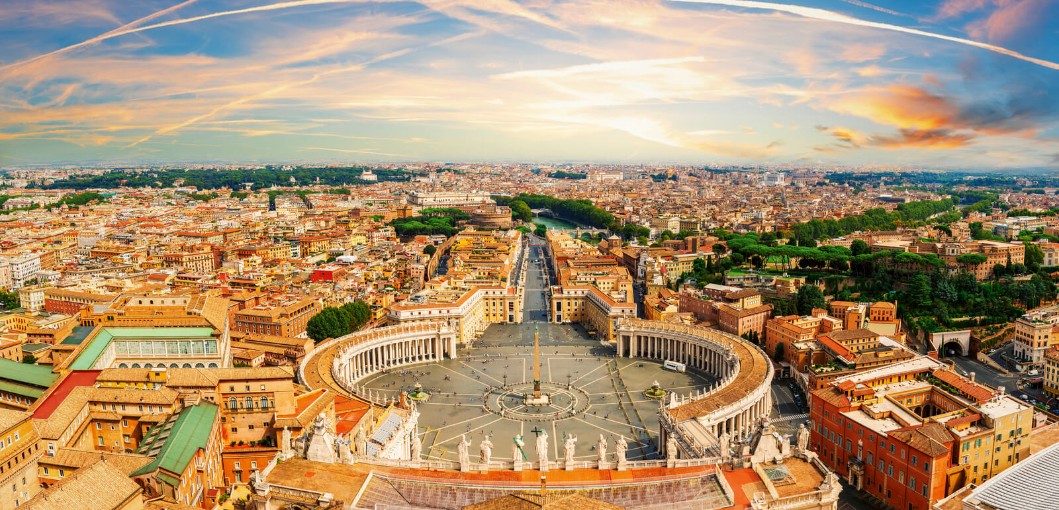
There is, though, one exceptional sight worth a trip into the city centre. Although located smack in the middle of an area busy with tourists, most of them walk right by the discreet exterior of Palazzo Doria Pamphilj, unaware of the magnificence within. After all, what is one more palatial façade in a city full of them? Well-informed visitors who enter this extraordinary palazzo, the largest private palace in Rome and still owned by the princely family for which it is named, will find beauty in every room, the culmination of which is a gilded hall comparable to the Hall Of Mirrors in Versailles. Not that the masterpiece paintings, Gobelins tapestries or classical sculptures found throughout the palace make any less of an opulent impact.
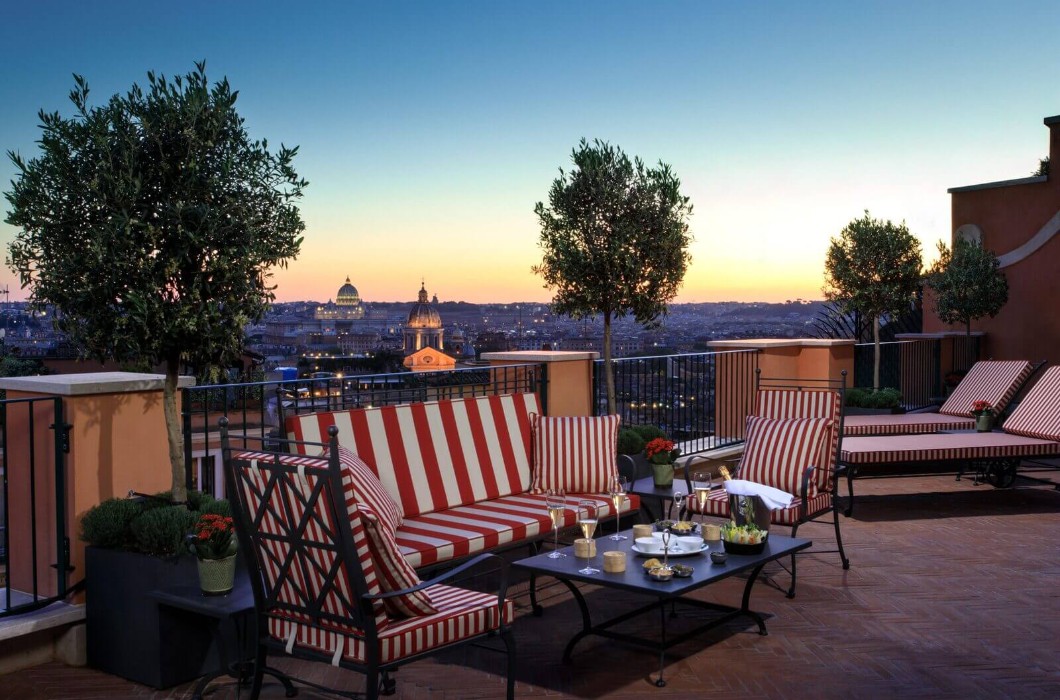
If Rome’s major sights are truly a collective must, there is a way to see them while avoiding the throngs. The astute visitor employs a fixer to take charge of arrangements, minimise fuss and maximise enjoyment. In Rome, the fixer is called Through Eternity, a highly professional tour company that provides private access to the most popular sights. If it is impossible to imagine a trip to Rome without seeing the Sistine Chapel, Through Eternity gets visitors into the Vatican Museums before normal opening hours while they are still closed to the general public. It is the best way to appreciate the Vatican’s incredibly rich art collection and enjoy viewing the ceiling of the Sistine Chapel in a more contemplative manner without fending off phones or elbows. Through Eternity offers a wide array of themed tours to Rome’s other major sights as well as ones less famous but no less impressive, all led by guides who are experts in their fields, not just expert guides. Customised private tours catering to specific interests can be arranged, as can daytrips around Rome and further afield to Florence, Naples, Pompeii and the Amalfi Coast.
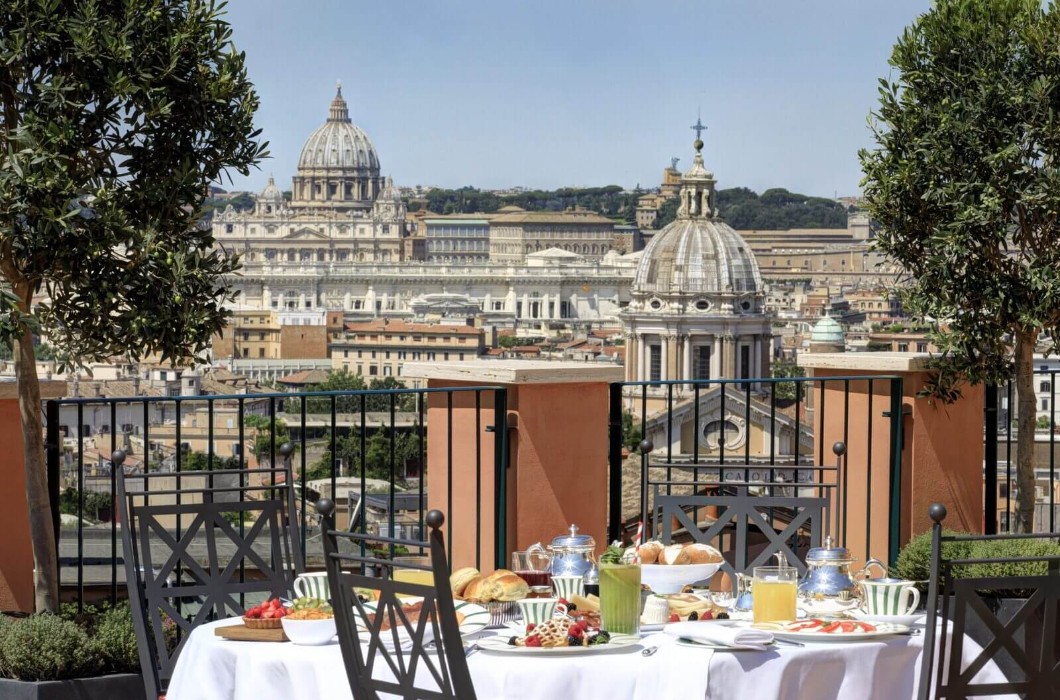
Choosing a well-placed hotel in Rome is one of the smartest strategies to minimise crowd exposure. Located a few metres from the top of the ever popular Spanish Steps, Rocco Forte’s sumptuous Hotel de la Ville and its serene interiors are a world away from the tourist tumult at the bottom. The hotel’s proximity to one of Rome’s most famous attractions allows guests to slip out in the early morning or late evening to take in the atmospheric scene at its quietest times. Guests can further rise above it all, literally, while enjoying lunch and dinner on the rooftop terrace of Cielo, Hotel de la Ville’s acclaimed restaurant where the panoramic views of the Rome cityscape serve as a front drop to exquisitely prepared dishes accompanied by Italian wines. After a filling meal, no doubt an afternoon rest is in order, preferably in the beautifully appointed Canova Suite or outdoors on its private terrace.
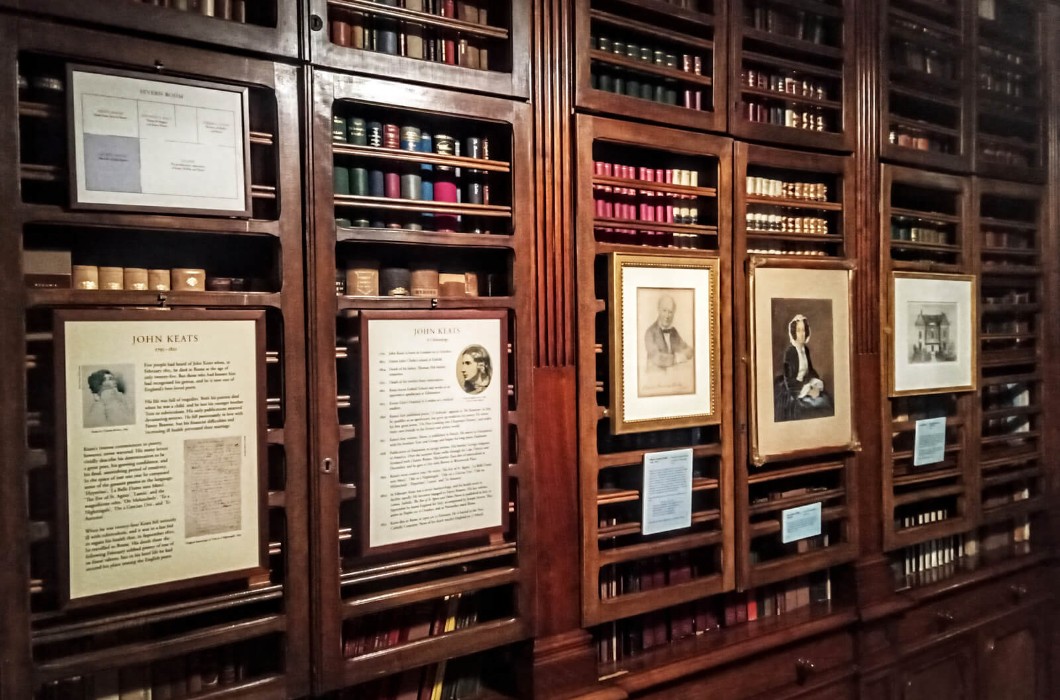
Completely unnoticed by the selfie-takers on the Spanish Steps is the Keats-Shelley Memorial House at their base. A lovely townhouse honouring Romantic poets John Keats and compatriot Percy Shelley, they figured among the many British writers who traded the UK for Italy in search of inspiration. The Keats-Shelley House is now a small museum evoking a more genteel era when poetry was rather more appreciated than it is today.
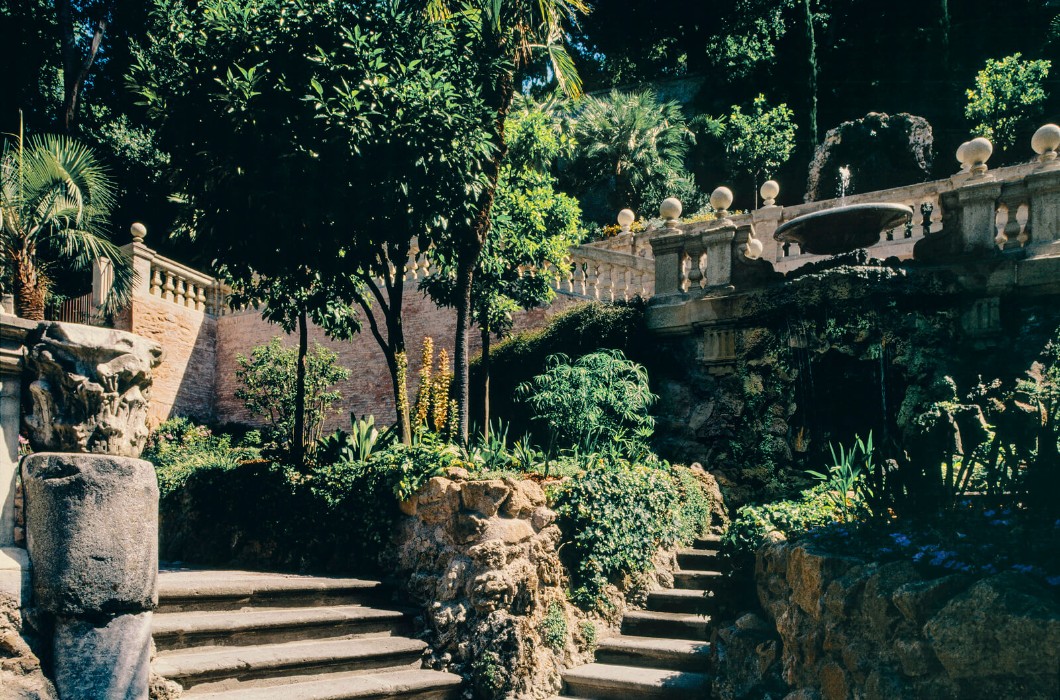
Straight ahead from the Keats-Shelley House is the glamorous Via Condotti, one of Rome’s most fashionable shopping streets showcasing the best of Italian fashion and design.
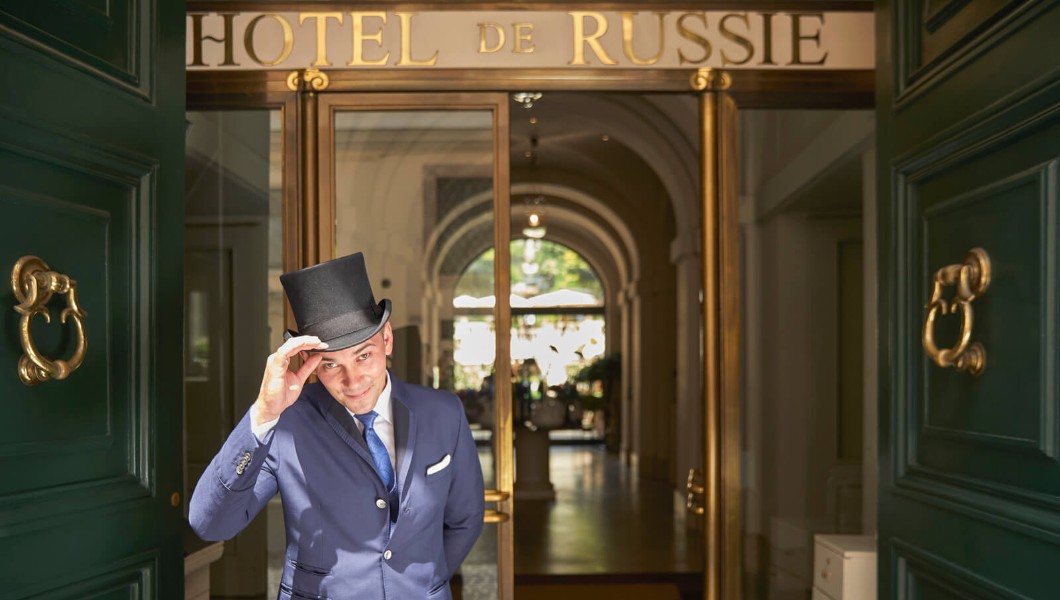
Close to Piazza del Popolo on Via Babuino is Hotel de Russie, a fellow member of Rocco Forte Hotels and one of the most famous establishments in Rome, thanks in no small part due to the size and luxuriance of its immaculately landscaped private garden. A favourite of the Russian imperial family in the 19th century, Hotel de Russie today still counts heads of state and other dignitaries among its clientele while making every guest feel like royalty. Accustomed to hosting the V-est of VIP visitors, Hotel de Russie remains a sublime choice of accommodation for sophisticated guests who appreciate the finesse of Italian style in decor, service and most of all, cuisine. Dinner in the hotel’s Le Jardin de Russie restaurant is one of the most coveted reservations in the city.
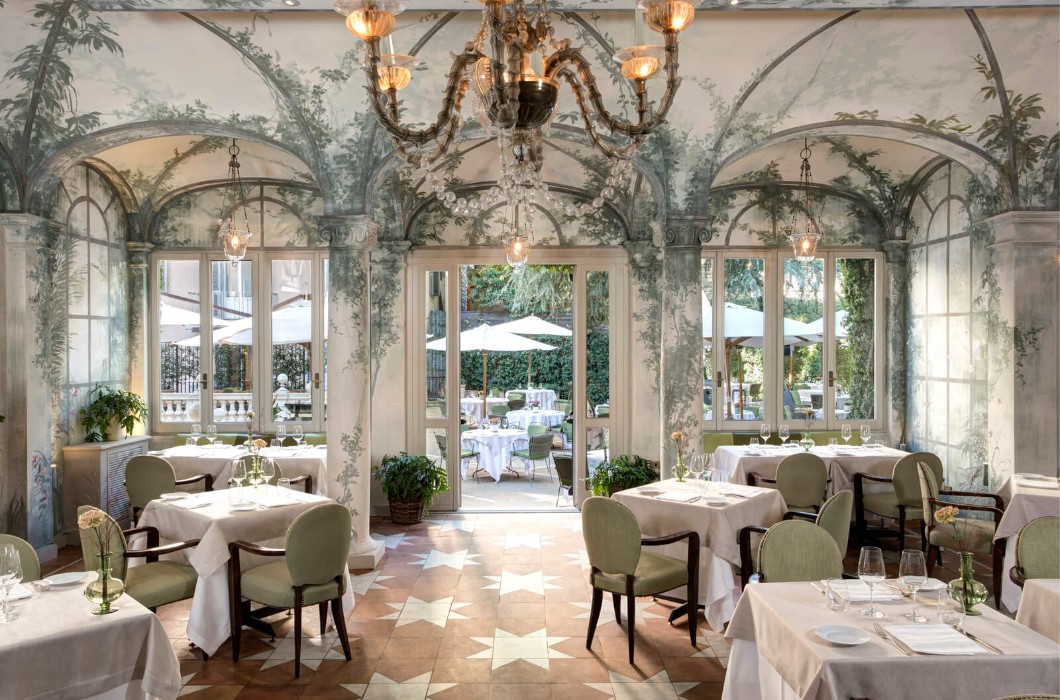
Hotel de Russie’s location toward the northern end of central Rome is ideally removed from the greater masses of tourists yet remains convenient for guests who like to venture out to see the sights on foot. The Hendrik Christian Andersen Museum is virtually unknown even among Romans, but is well worth a visit to the splendid atelier of this Norwegian sculptor who, like so many other creatives, found Rome to be an alluring place to pursue his work. Guests staying in Hotel de Russie’s stunning Nijinsky Suite, though, would need convincing to leave their lovely aerie for a cultural experience when they are already staying in one. With a private terrace over 230 square metres outdoors, and priceless works of art indoors, the Nijinsky Suite is a mini-museum in itself; its spacious floorplan, elegant style and that enormous terrace make it the second to last word in exclusive accommodation in Rome. The last word is Rocco Forte House, a grand palazzo of five stunning apartments right on Piazza di Spagna that can be hired in its entirety for the apotheosis of privacy and luxury.
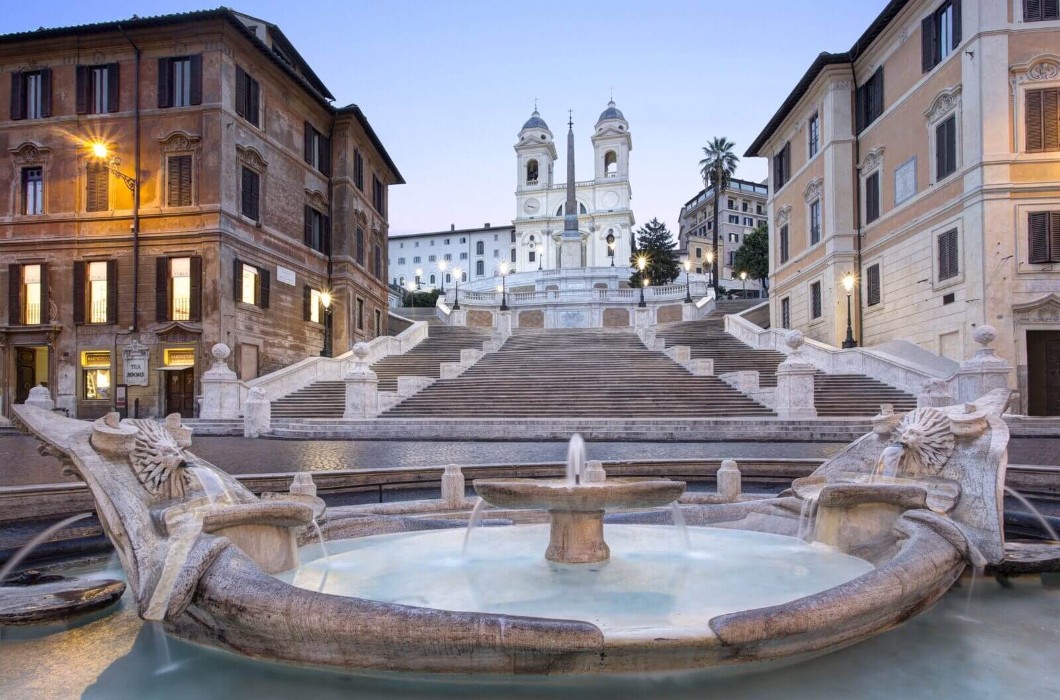
Where else in the world is it possible to stroll into a major sports complex unimpeded to appreciate glorious works of art? North of Rome’s city centre lies the Foro Italico, site of this month’s Italian Open tennis tournament; a must-attend event for Italy’s glitterati and assorted other European personalities. The tennis is the ostensible draw but the unique Pietrangeli Court, surrounded as it is by monumental statuary of brawny athletes in various poses, brings up match point in favour of visitors who appreciate aesthetics with their athletics. The statues at the Foro Italico are different in style from the allegorical pieces in Andersen’s atelier; although also monumentally imposing, the sculptures here seem as if they will come to life at any moment. The Foro Italico complex, which also includes the larger Stadio Centrale tennis stadium, the Stadio Olimpico soccer stadium and the superb Stadio dei Marmi track with even more statues along its perimeter than the Pietrangeli arena, was built for Rome’s (ultimately unsuccessful) bid to host the 1940 Summer Olympics, an event that did not take place due to World War II. Today, the austere style of that era is personified in these works of art comprising what is essentially an outdoor museum of sculpture. The Foro Italico is of course quite busy during the tournament but during the rest of the year it is wide open to the public.

To the south of central Rome is the Foro Italico’s even starker counterpart, Esposizione Universale Roma (EUR), where a certain dictator dictated that a new district be erected to recreate the grandeur of Rome’s classical sights, albeit in a very different style. EUR was meant for the anticipated 1942 World’s Fair, another event that did not take place. It is no accident that the Palace of Italian Civilisation mimics the ancient Colosseum (indeed, its nickname is the Square Colosseum) or the colonnade of the Museum of Roman Civilisation looks like it was transported from Capitoline Hill. Not many tourists make the trip out of central Rome despite the area’s cultural import as a business and government centre akin to La Défense in Paris. The Palace Of Italian Civilisation is now the headquarters of the Fendi fashion house.
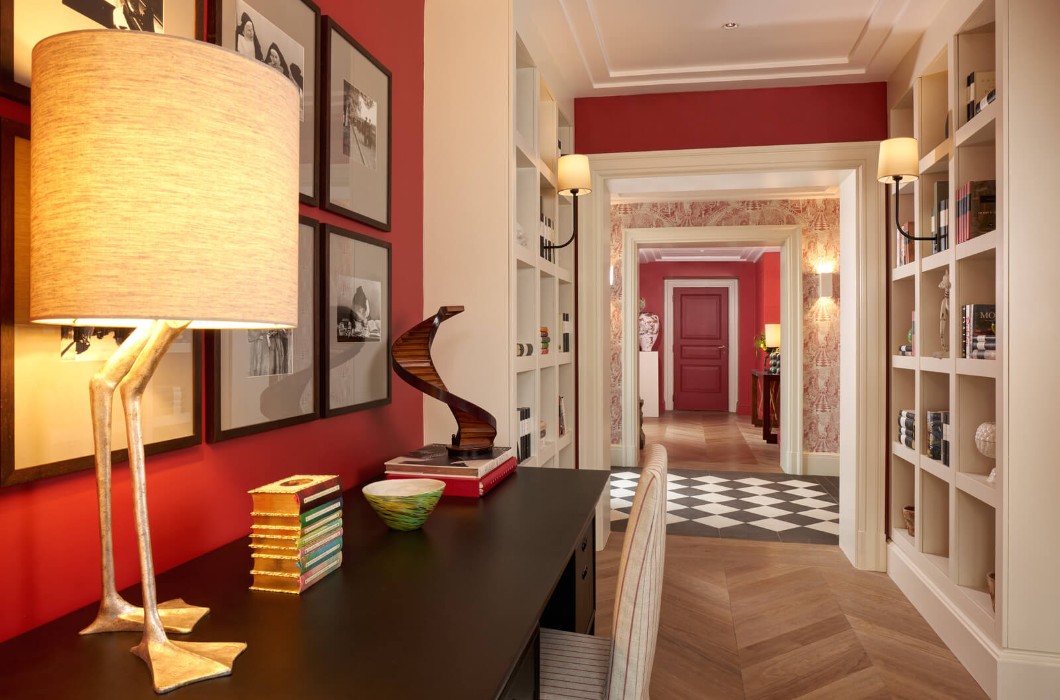
Whether coming for a whirlwind of cultural stimulation, a longer respite for summer holidays or simply to devour the pastries and ice cream at Gelateria Della Palma, it is best to take the city’s tempo in stride and adjust to the rhythm of daily life where the paradox of restaurants closing for lunch leaves the local populace untroubled. As the saying goes, when in Rome, do as the Romans do and enjoy all the eternally attractive city has to offer.
